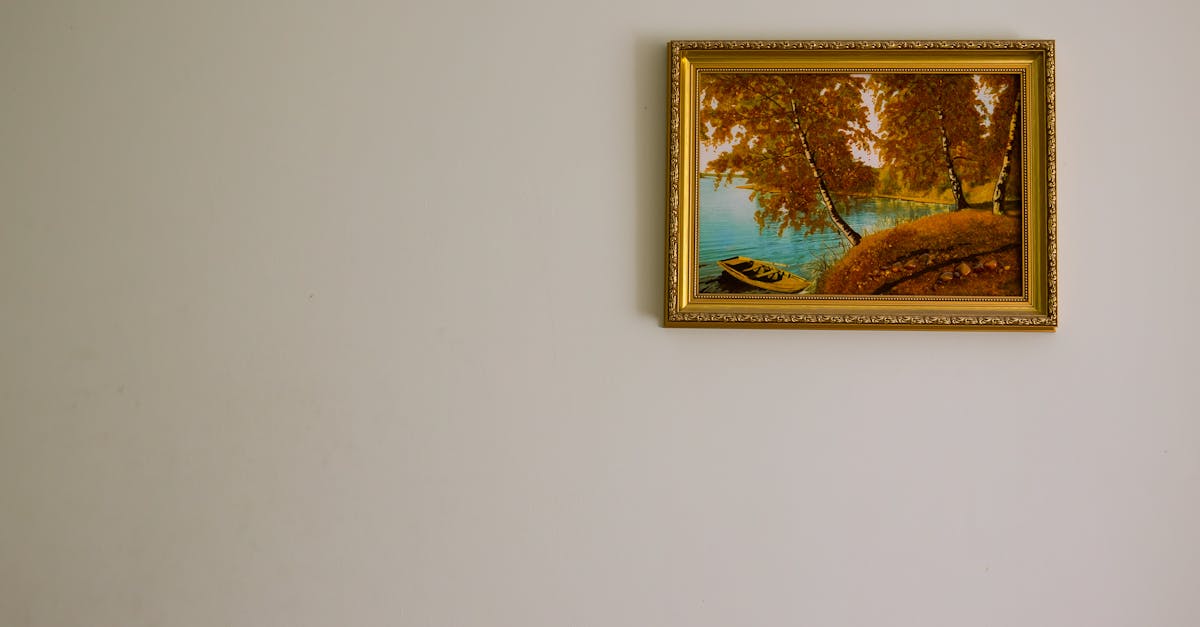
catching exhibition graphics that demand attention and convey a sense of modernity.
Juggling Multiple Hues
When it comes to creating captivating exhibition graphics, incorporating multiple hues can add depth and visual interest to the design. By deftly blending a variety of colours, designers can evoke different emotions and create a harmonious composition that draws viewers in. Juggling multiple hues effectively involves finding the right balance between contrasting and complementary shades to ensure a visually striking result.
A well-executed use of multiple hues can help create a cohesive visual narrative that guides the viewer's eye throughout the exhibition space. Whether using a palette of cool blues and greens for a calming effect, or opting for warm oranges and yellows to create a sense of energy and excitement, the strategic combination of multiple hues can elevate the overall impact of the graphic design. By skillfully managing a diverse range of colours, designers can craft compelling visuals that leave a lasting impression on exhibition attendees.
Implementing Accented Analogic Colour Schemes for AttentionGrabbing Graphics
Accented analogic colour schemes offer a unique approach to creating attention-grabbing graphics that stand out in exhibitions. By incorporating shades that are closely related on the colour wheel with a single hue acting as the focal point, designers can achieve a harmonious yet visually engaging composition. The use of analogous colours creates a sense of unity and cohesion, while the addition of an accent colour adds a pop of vibrancy and intrigue to the overall design.
When implementing accented analogic colour schemes, it is important to strike a balance between the main hues and the accent colour to ensure a coherent yet dynamic visual impact. Designers can experiment with different intensities and proportions of each colour to create a sense of depth and dimension in their graphics. By carefully selecting the right combination of analogous colours and a well-suited accent shade, designers can create stunning visuals that draw viewers in and leave a lasting impression.
Introducing Pops of Vibrant Shades
Introducing pops of vibrant shades can invigorate exhibition graphic design, injecting energy and vitality into the overall visual presentation. By strategically incorporating bold and bright hues, designers can create eye-catching elements that draw viewers in and captivate their attention. Whether used sparingly as accent colours or more prominently to make a bold statement, vibrant shades are an effective tool for adding dynamism and excitement to graphic layouts.
When incorporating pops of vibrant shades, it is crucial to consider the overall colour palette and ensure that the contrasting tones complement each other harmoniously. Opting for hues that are opposite on the colour wheel can create striking visual contrasts that add depth and interest to the design. By judiciously integrating vibrant shades alongside more muted tones, designers can create a balanced composition that is both visually appealing and impactful, making a lasting impression on exhibition attendees.
FAQS
How can split-complementary colour combinations enhance modern appeal in exhibition graphic design?
Split-complementary colour combinations involve using a base colour and two colours adjacent to its complementary colour. This creates a visually striking and modern look by adding depth and contrast to the design.Copyright © Exhibition Graphics. All rights reserved.
What is the benefit of adding a twist to traditional colour matches in exhibition graphic design?
Adding a twist to traditional colour matches can help designs stand out and appear more innovative. By incorporating unexpected colour pairings or variations, you can create a unique and memorable visual impact.
How do tetradic colour harmonies contribute to dynamic graphic elements in exhibitions?
Tetradic colour harmonies involve using a combination of four colours evenly spaced around the colour wheel. This creates a vibrant and dynamic visual effect, making graphic elements in exhibitions more engaging and visually appealing.
What is the key to successfully juggling multiple hues in exhibition graphic design?
The key to successfully juggling multiple hues is to maintain balance and harmony among the colours used. By strategically combining and coordinating different hues, you can create a cohesive and visually pleasing design that captures attention.
How can accented analogic colour schemes help in creating attention-grabbing graphics for exhibitions?
Accented analogic colour schemes involve selecting a base colour and using neighbouring colours with one accent colour to create a focal point. This technique can make graphics in exhibitions visually striking and effective at drawing attention to key elements.
Why are pops of vibrant shades important when implementing exhibition graphic design?
Introducing pops of vibrant shades can add energy, excitement, and visual interest to exhibition graphic design. These bright colours can create focal points, guide the viewer's eye, and make the overall design more dynamic and engaging.
Related Links
Achieving Balance and Unity through Colour Harmony in Exhibition GraphicsExploring Colour Harmony Techniques for Exhibition Graphics
Mastering Colour Harmony for Compelling Exhibition Graphic Displays
Implementing Colour Harmony Strategies for Successful Exhibition Graphics
Enhancing Communication through Colour Harmony in Exhibition Design